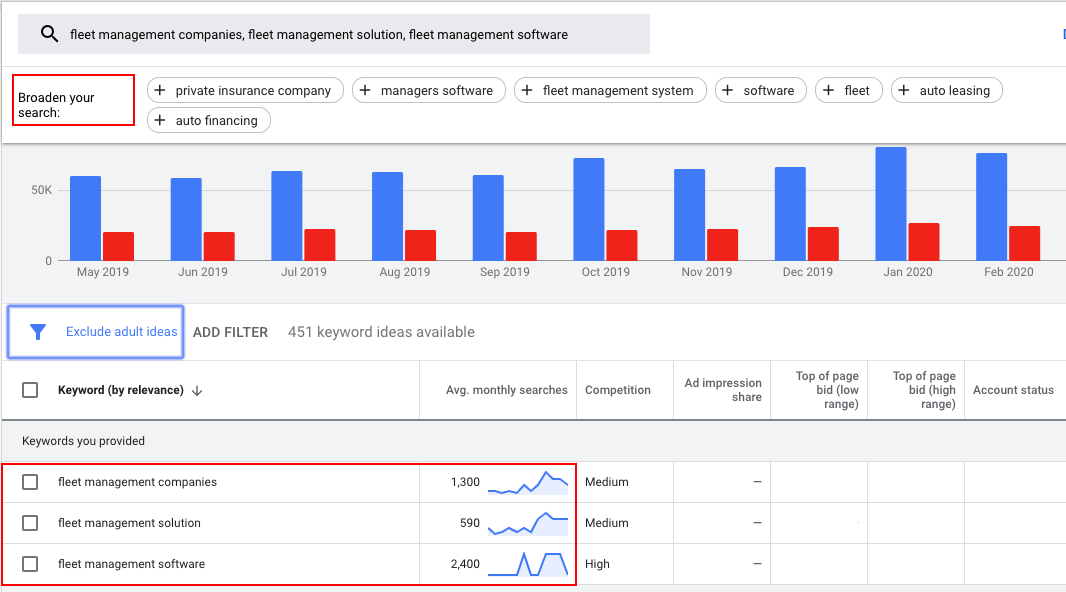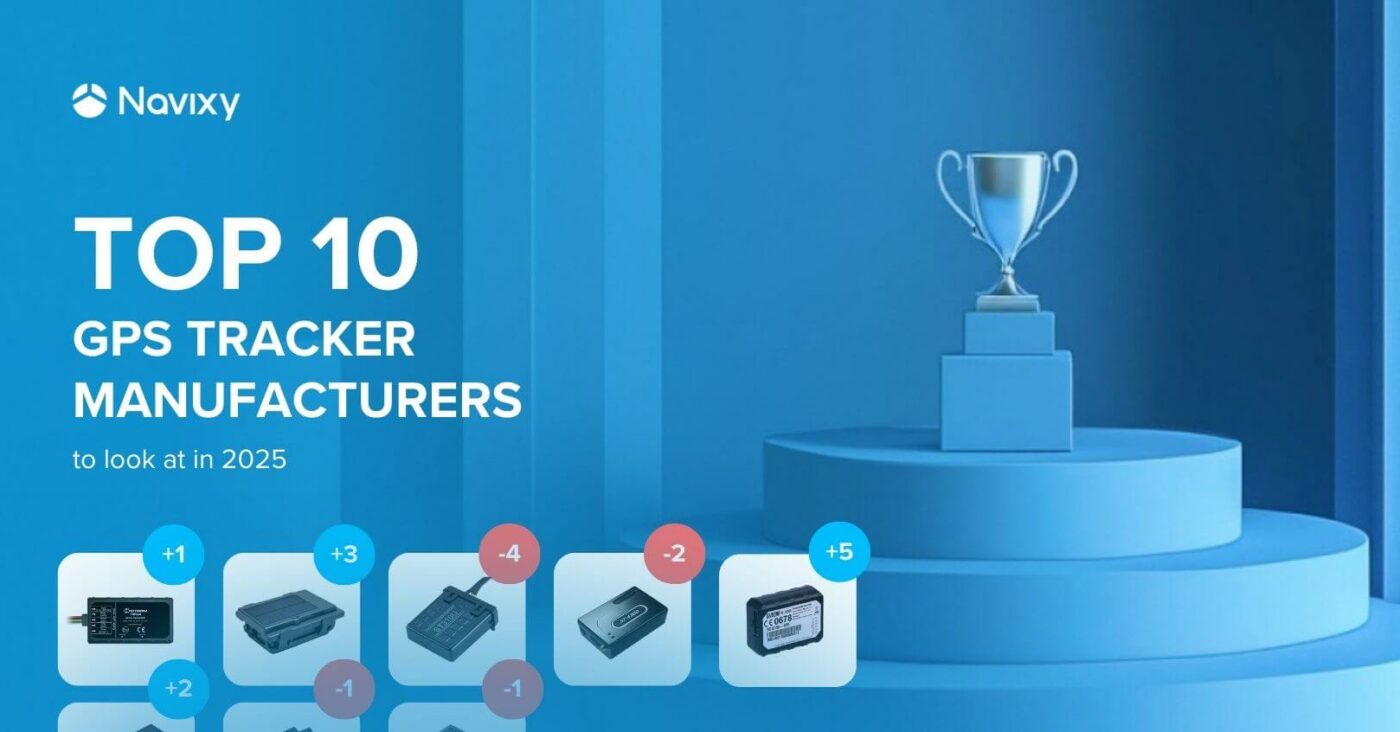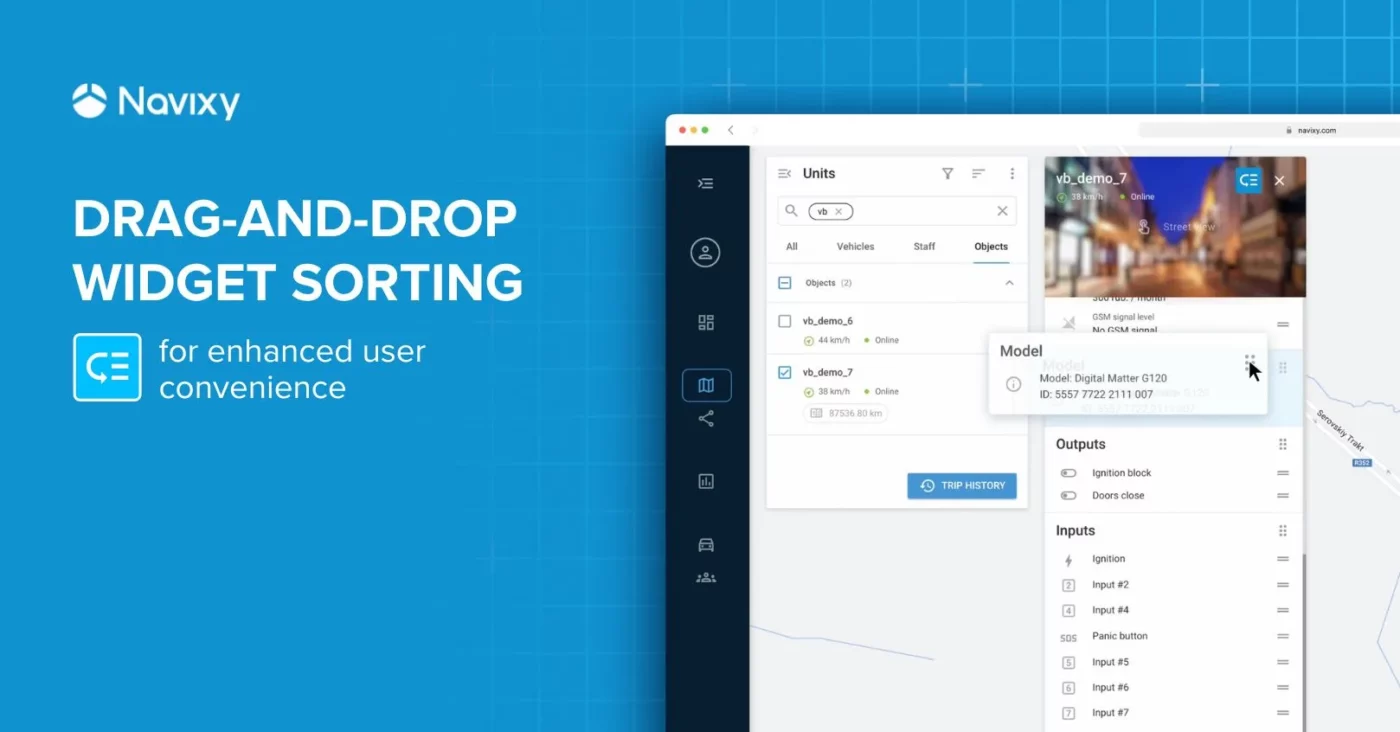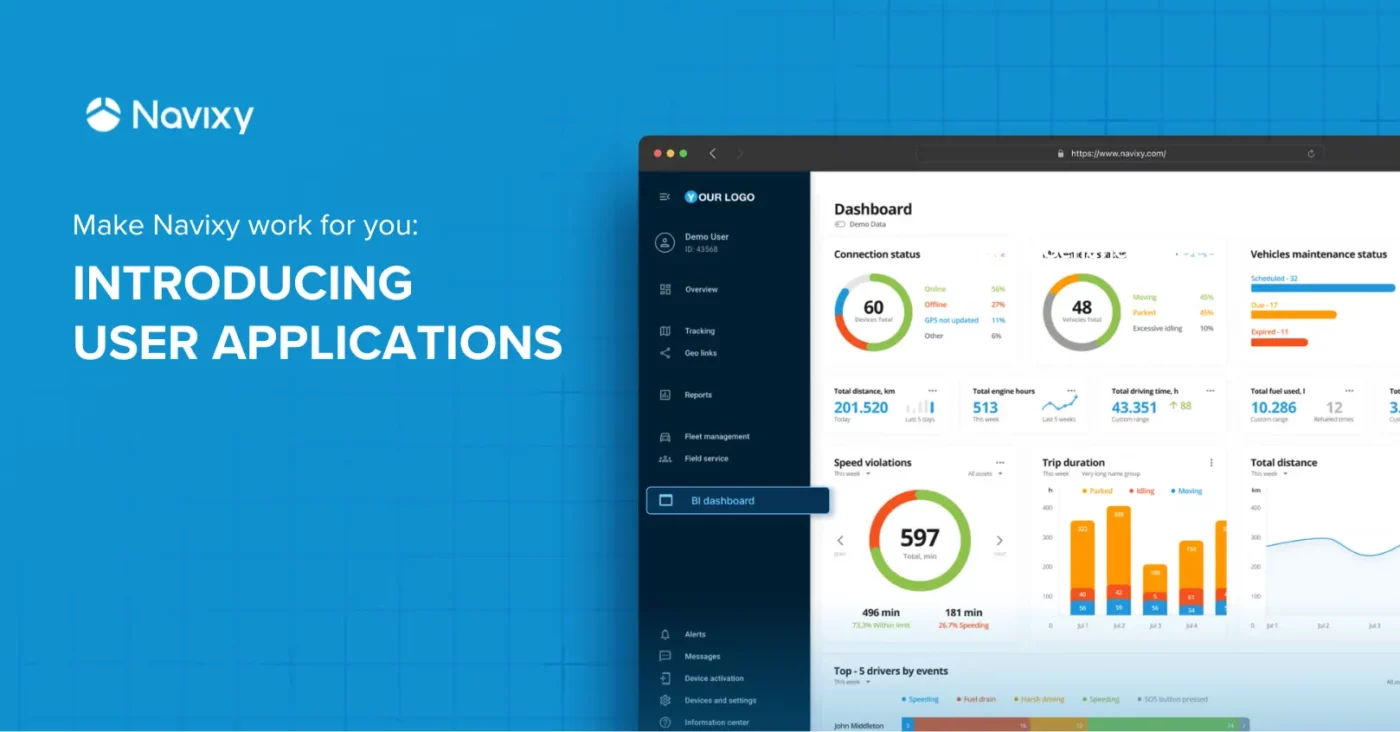With offices, stores and restaurants on lockdown, there are still new customers and new requests. How is it possible? What has replaced banners, billboards, boards of information and even networking? The answer is digital marketing. The tool is now more useful than ever, and we want to support partners with a few hands-on recommendations. For those who have time to focus on learning new things, it will also be a great way to improve their digital presence and refine the quality of campaigns.
As the title suggests, our marketing strategy won’t be based on textbooks, but the 15 years of experience. Today we’ll show how to adjust marketing to asset monitoring, fleet and mobile workforce management, attract more new customers, and avoid the traps.
What’s wrong with the marketing funnel?
The standard practice of digital marketing singles out 3 basic steps: target, engage and convert. Unlike the growth funnel, this strategy won’t work in IoT. We know three reasons why:
- It doesn’t reflect the state of the potential customers, their motivation and requests.
- Purely linear approach. However, there are many clients who are no newbies in telematics — they don’t need to start from the top. Instead, they want to migrate to the platform asap.
- The funnel doesn’t consider the type of potential customer. For example, B2G that fits no conventional marketing tactics.
As the goal is to win as many customers as possible, the old one-dimensional approach is not enough. At Navixy we base the marketing blueprint on the users’ motivation. Where is the client at the moment: they have acknowledged the problem and are looking for solutions? aware of the solutions and choosing the best fit? selecting the best product and company? or need to have the problem fixed urgently? Customer’s circumstances will hint at what techniques to use.
Match tools to customer requests
Before we introduce our marketing strategy, let’s see what’s in the toolkit for SaaS and IoT solutions:
- Search and display advertising — ads in search results and display banners;
- Search engine optimization (SEO);
- Content marketing, SMM, Youtube;
- Customer Journey and CRM — marketing and customer service automation;
- Showcasing product and expertise.
What tools should you use? It will depend on the customer’s standing:
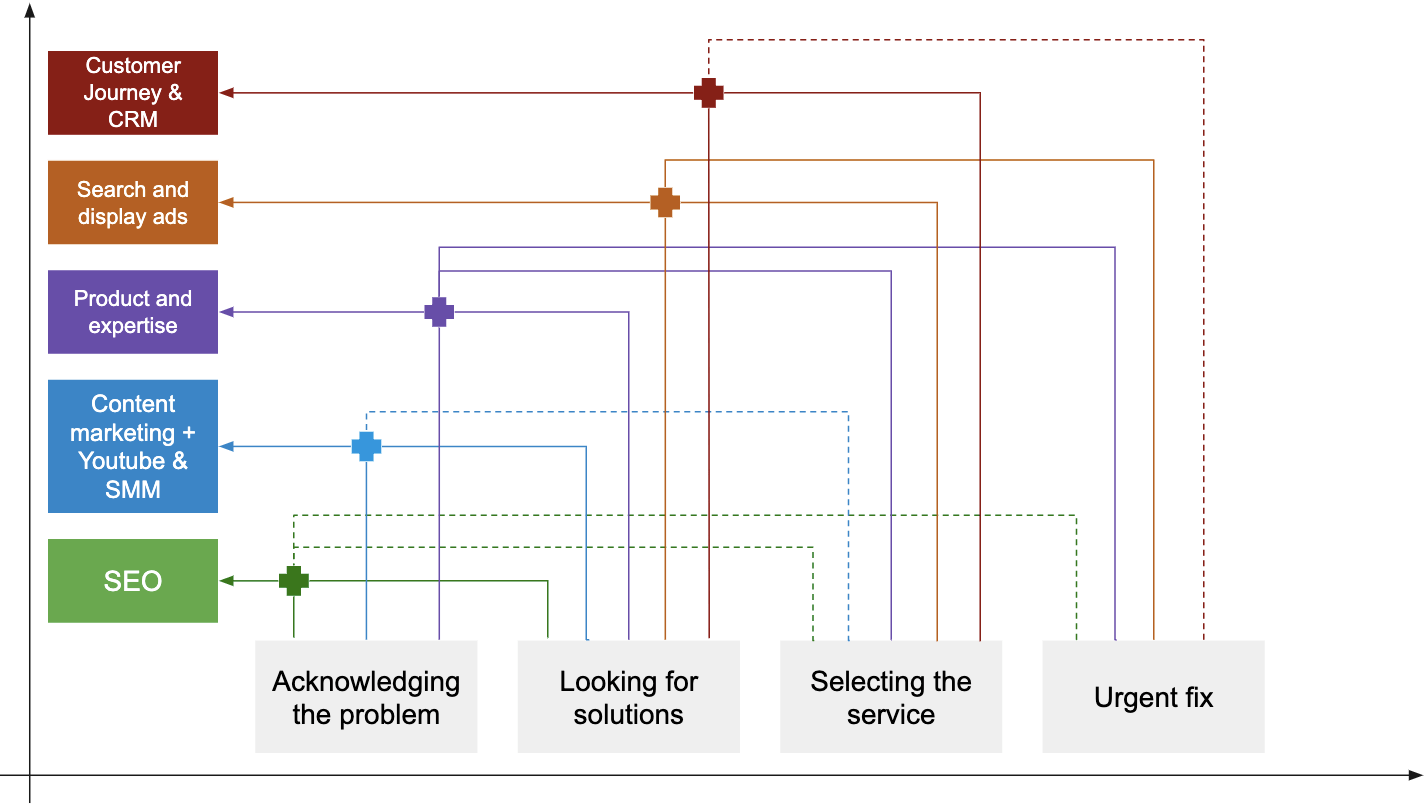
A customer has just acknowledged the problem: employ Google Keyword planner to see what your potential users are searching for. Optimize the website content. Group the requests to come up with new useful blogs or web pages. Spotlight the problem and its relevance (e.g. fuel theft) and provide solutions. This way you gently showcase your product without showing off. Use social media and youtube to inspire trust and engagement.
For the English-speaking world Youtube is now the second largest search engine after Google.
A customer is looking for solutions: the main tool here is also content but this time we’ll get more specific. Again, Keyword planner is your go-to source for optimization but not the only trick up your sleeve. Introduce Customer Journey to miss no requests. Employ search and display ads and reviews. No pushing — make the new lead feel welcomed, not rushed in.
Create original content in conjunction with SEO. Otherwise, no matter how great the article is, your audience won’t see it.
A customer is selecting the service: bear in mind, that the users joining here know the telematics game pretty well. Win them over with showcasing expertise and experience in complex unorthodox solutions. Don’t skip advertising. If your website is relatively new it will be hard to fight against the old-timers in terms of SEO, but it doesn’t mean you should stop.
Search engines favor the websites with regular content updates.
A customer needs the solution urgently: this lead is just one tap away from the first payment. Right now they don’t need newsletters or engaging social media posts. Spotlight your features and your company instead. Don’t forget about the right ‘package’: user-friendly, intuitive, and informative website. There is an SEO life hack, too: benefit from specific searcher’s queries, including words like “service”, “solution” or specifying the location. Play with Google Keywords to see what works best for your region.
Now go back to the diagram. Do you consider each of these conditions? Or somehow limit your reach? Incorporating the tools won’t be difficult and with our practical guidelines, it will be just a piece of cake.
Step-by-step marketing guidelines for IoT and telematics
Whether you promote the service yourself, operate a marketing department, or outsource all advertising campaigns, these easy steps will help you improve the quality and streamline daily marketing operations.
- Use Keyword planner by Google Ads to find the right key phrases. Group the queries and provide a comprehensive response to each of them.
- Sign up with Google search console. Familiarize yourself with the available tools and follow the service recommendations.
- Never underestimate technical optimization of the website: employ Test my site by Google or other services.
- You can always outsource a company to audit and optimize your website. It won’t cost a lot and will definitely go a long way.
- Use Keyword planner but only to research the field. Don’t chase the most popular queries. Instead, focus on mid-tail and long-tail keywords for your content.
- Segmentize the key phrases and create a content plan.
- When writing, don’t forget to KISS: keep it short and simple. Or if it’s too challenging for you, find a good copywriter.
- Post everything on your social media. A new blog post? Announce it on Facebook. A new interview on Youtube? The Linkedin community must know about it!
- Showcase your knowledge, research and facts about telematics and IoT.
- Don’t forget to pack it right: intuitive website design, friendly and professional tone of voice, fast replies.
- Try different approaches and formats. Share case studies, interview your customers, collaborate with hardware or software companies.
- Everything from technical support to customer service is a part of your online reputation management too.
- Web analytics is key. Never neglect it as it’s your basis for advertising campaigns and optimization.
- Don’t be after top search queries. Unless other tools are also in place it will be a complete waste of money.
- Try out different hypotheses, different types of ads (search ads, banners, social media advertising). Test how different websites and audiences take it.
- Draw conclusions only when you have enough information and stats. Otherwise, the observations won’t be representative.
- Onboard marketing automation services to streamline team productivity. Here at Navixy we use Autopilot but you can try other local solutions.
- Maintain different audiences for technical announcements and newsletters not to annoy your customers.
- Keep all leads in one CRM. Don’t waste time on bad leads and focus on your target audience instead. After all, you can’t be good for everyone.
- Integrate your CRM with web analytics now to consolidate marketing expenses.
It was the first time we shared our marketing insights — let us know if this information was useful for you. If this is something you want to learn more about, we’ll get more detailed next time. Share your feedback and questions here in comments or at [email protected].
